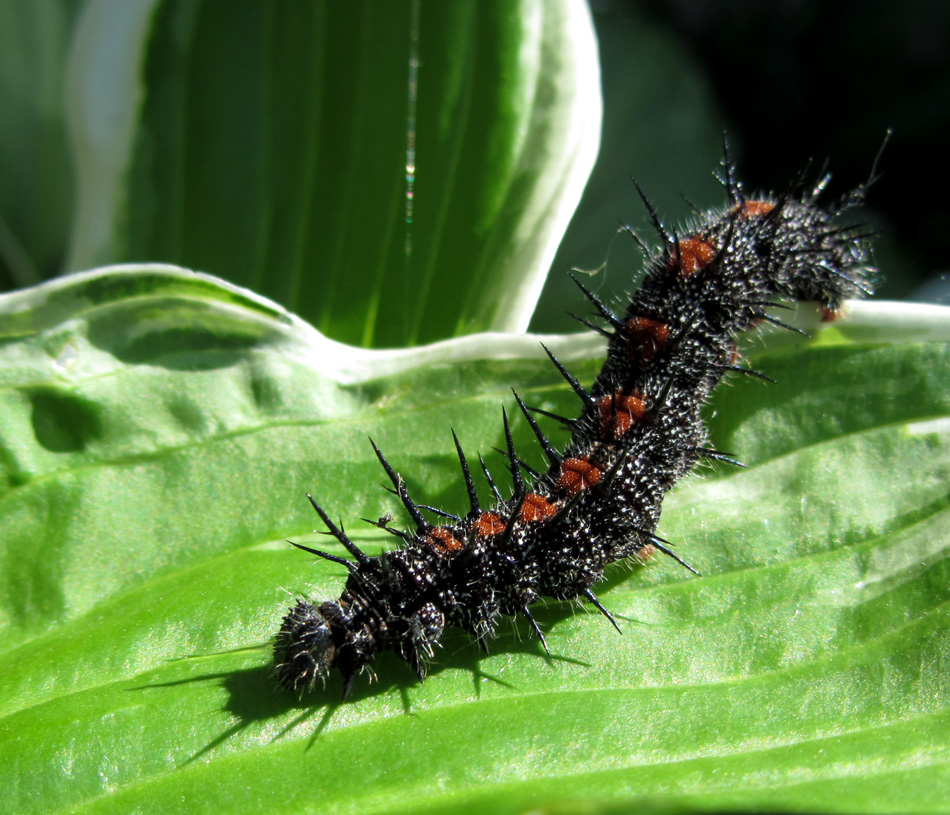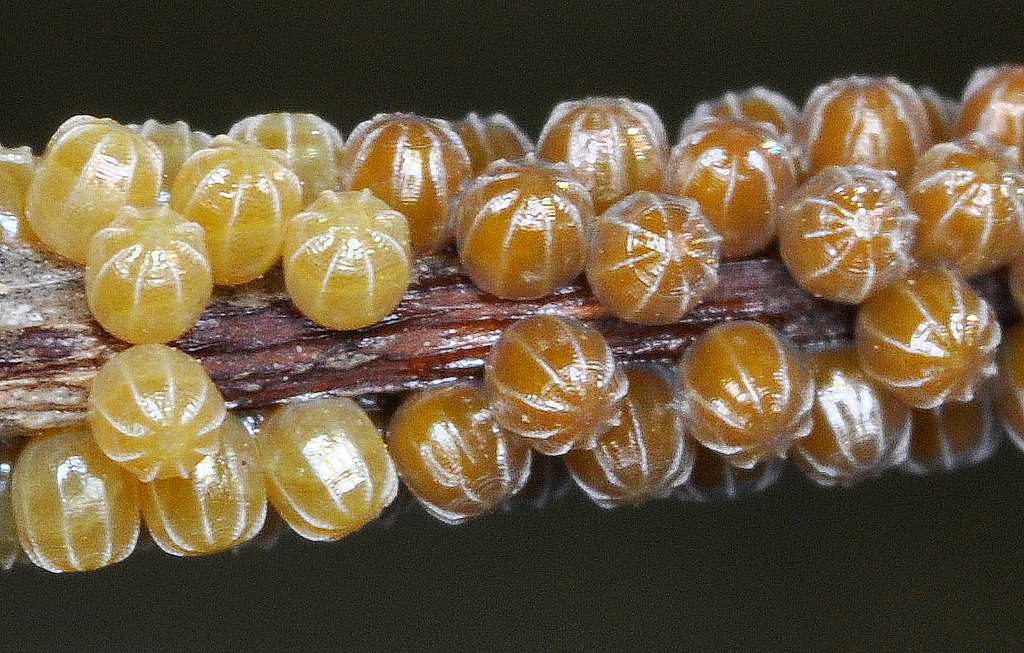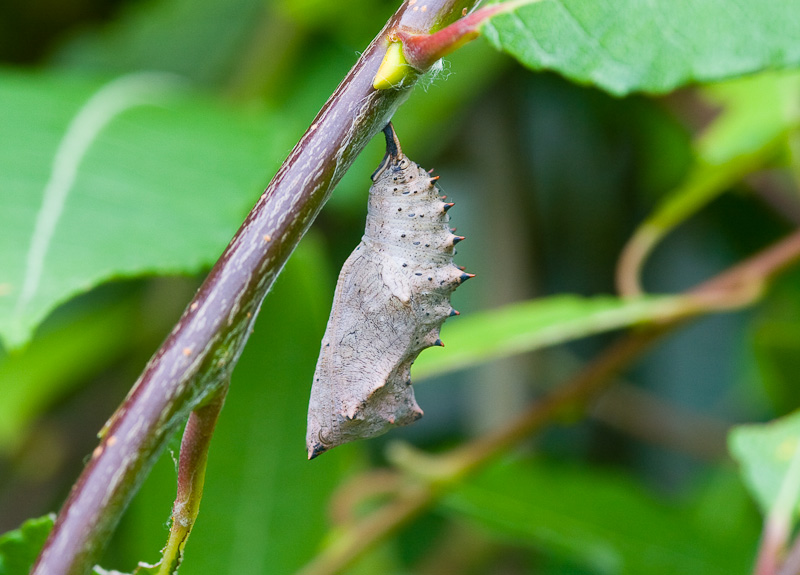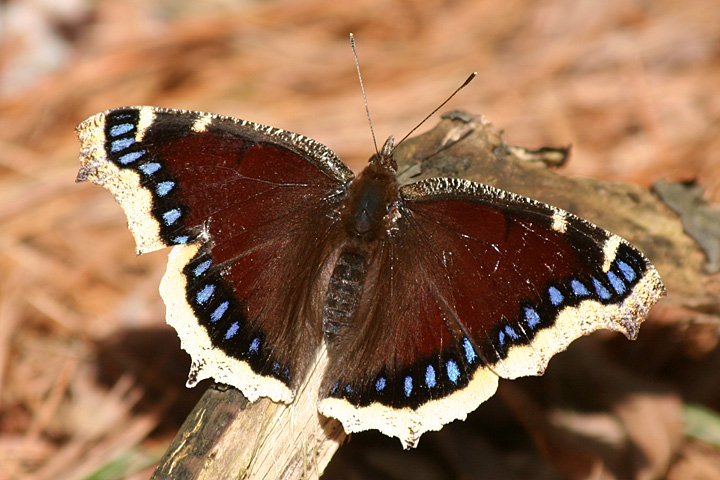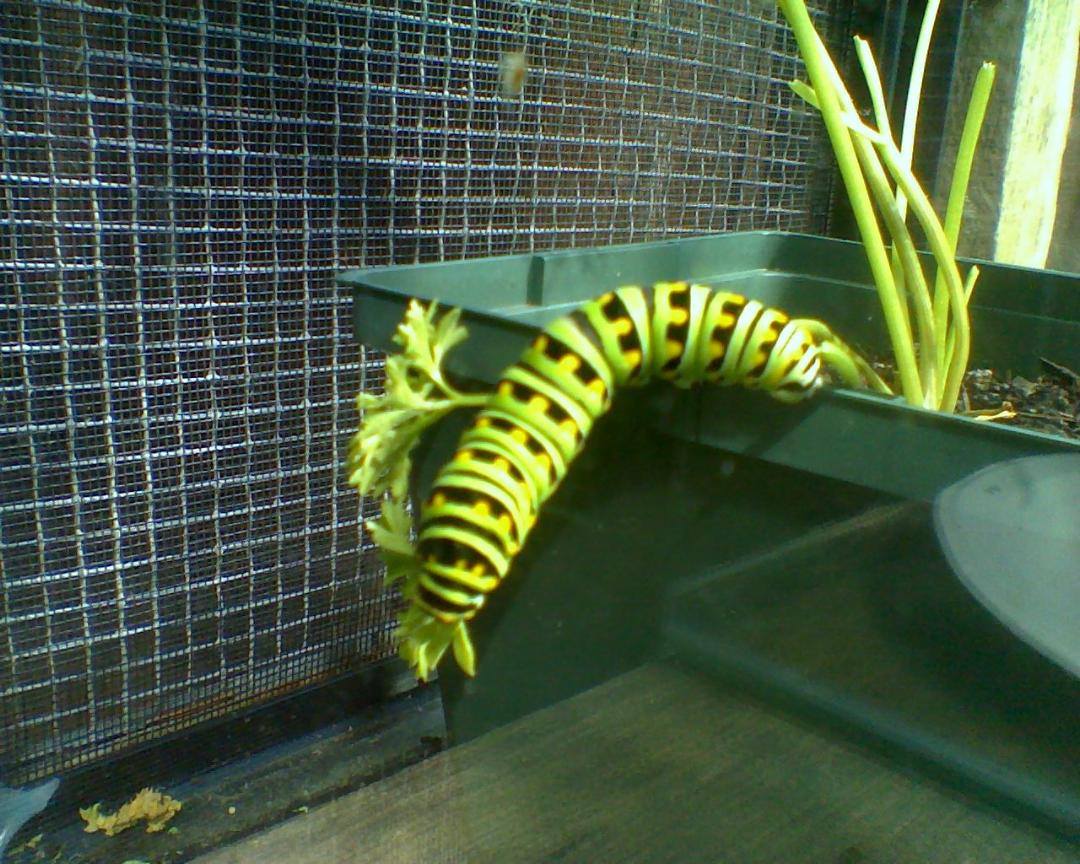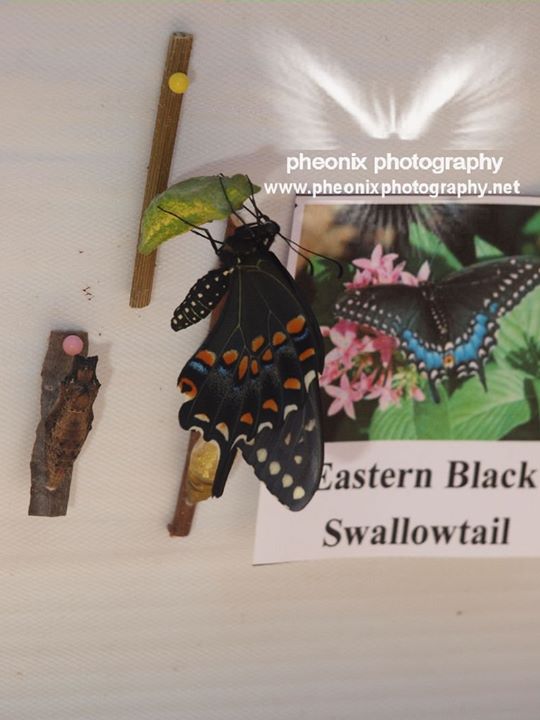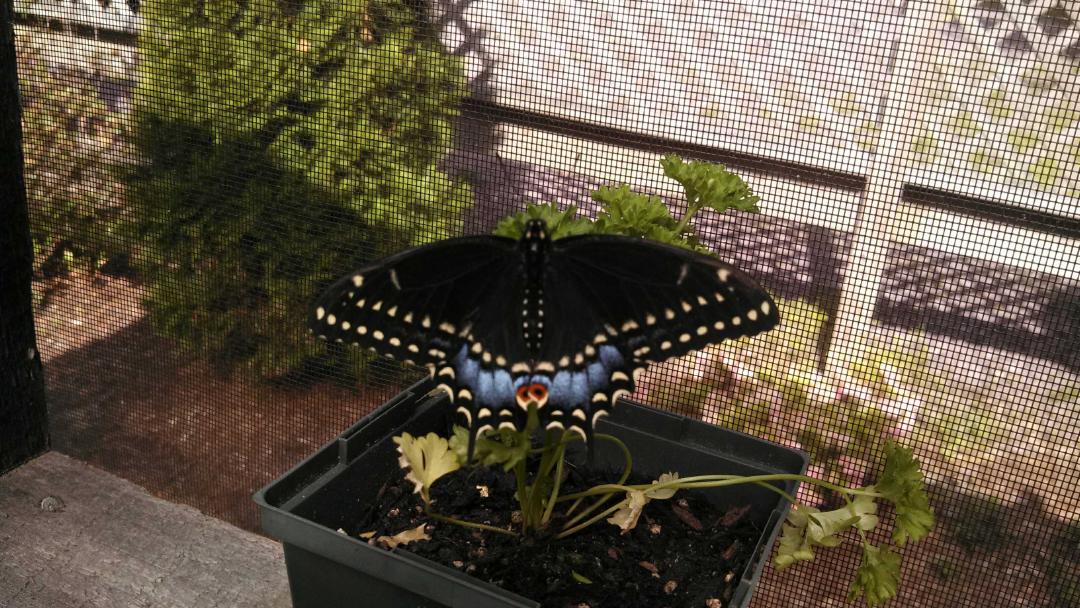June: Red Admiral
Kara Davidson
We skipped last month’s Butterfly of the Month because we were preparing for the habitat opening for the season and redesigning our website. If you haven’t already stopped by the habitat, we hope you do soon. When you are there, you may see this month’s Butterfly of the Month- Vanessa atalanta, more commonly referred to as the Red Admiral.
Adult Red Admiral
Range: Most of North America [1]
How to Attract them to Your Backyard: Red Admirals prefer woodlands, so a shady backyard is preferred. Planting False Nettles would provide a place for Red Admirals to lay their eggs, as well as food for the caterpillars. They love most nectar plants but Ann has seen them in her own backyard on cosmos and lilacs. They also enjoy rotting fruit and oranges.
Red Admiral Egg
Find them locally in the wild: If you happen to live in southeastern Massachusetts and want to see Red Admirals in the wild, you should visit the Bournedale Herring Run.
May be confused with: Red Admirals are pretty distinctive!
Size: ~2.5” [1]
Season: Spring to late summer
Female vs. Male: No easily observable difference
Red Admiral Caterpillar Hiding in a Leaf
Life Cycle: The eggs are laid individually near the top of the plant. The caterpillars develop spines to defend themselves from predators. While normally black, older caterpillars may have white or orange spots. Like the monarch, the chrysalis of the Red Admiral has some spots that appear golden.[1]
Interesting Facts:
They love rotting fruit
Caterpillars may make tent-like structures made of silk (for hiding)
Caterpillars are very challenging to find in the wild
Red Admiral Chrysalis
In Our Habitat: Red Admirals are active, social and easy to spot. They enjoy warm, sunny weather with a light breeze. You can often find them eating at a plate of fruit- where they are very easy to photograph. They like salt, so if you are sweaty enough they may even land on you!
References:
- Burris, Judy, and Wayne Richards. The Life Cycles of Butterflies: From Egg to Maturity, a Visual Guide to 23 Common Garden Butterflies. North Adams, MA: Storey Pub., 2006. Print.













